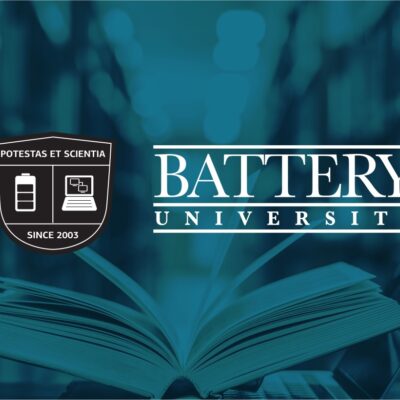Hi,
For convenience, I often charge my iPad Pro with my Macbook Pro's charger. The MBP charger obviously has a higher output.
Does this potentially reduce the life of my iPad's battery? Or is the "charger input" somehow throttled anyway, so that it won't matter?
Likewise: is it benefitial for battery-life to use a low-output 1-2A charger overnight, to charge the iPad?
And is it possible to set the iPad to only charge up to 80%? (Apparently, going 0-100-0 all the time reduces lithium batteries lifetime)
Many thanks!
For convenience, I often charge my iPad Pro with my Macbook Pro's charger. The MBP charger obviously has a higher output.
Does this potentially reduce the life of my iPad's battery? Or is the "charger input" somehow throttled anyway, so that it won't matter?
Likewise: is it benefitial for battery-life to use a low-output 1-2A charger overnight, to charge the iPad?
And is it possible to set the iPad to only charge up to 80%? (Apparently, going 0-100-0 all the time reduces lithium batteries lifetime)
Many thanks!


